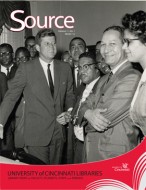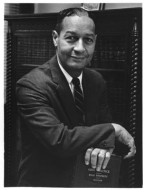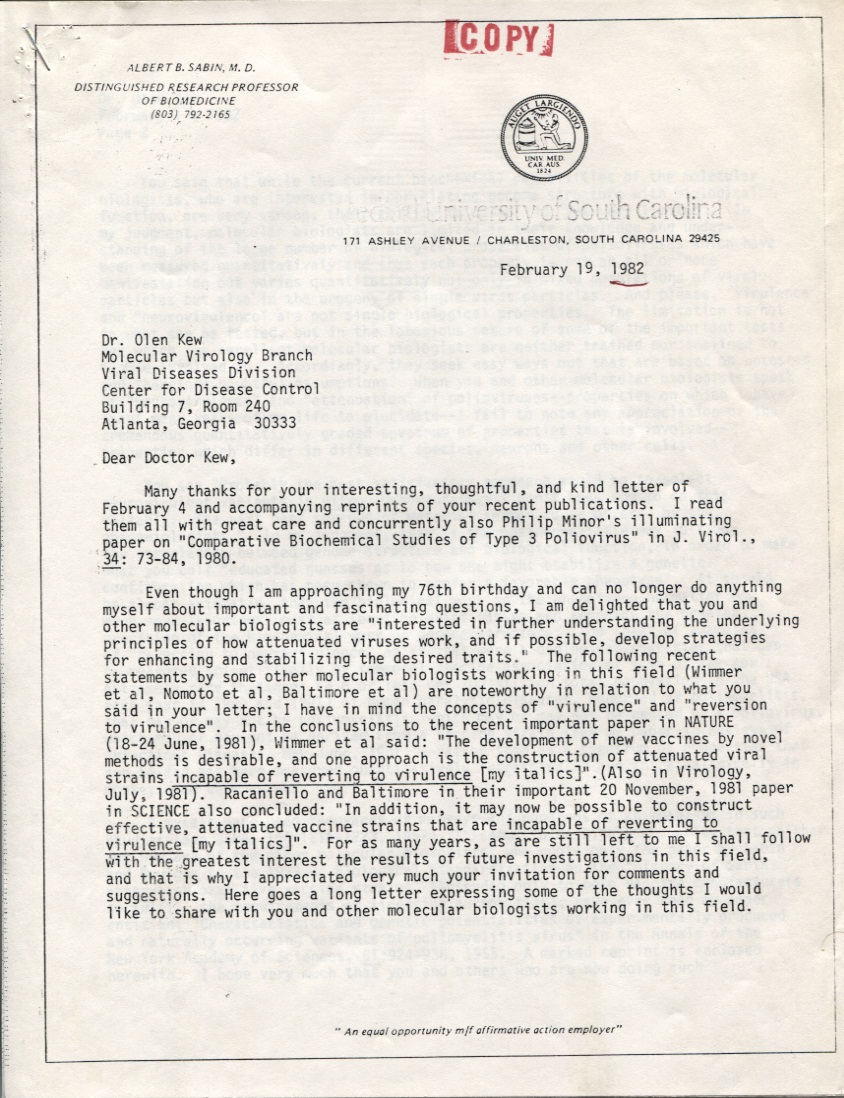 Want to Know the Latest in Library News? Read Source, the UC Libraries newsletter for faculty, students, staff, and friends.
Want to Know the Latest in Library News? Read Source, the UC Libraries newsletter for faculty, students, staff, and friends.
This volume announces the availability of the papers of Theodore M. Berry in the Archives and Rare Books Library. Berry (1905-2000) was the first African American mayor in Cincinnati, served the Lyndon B. Johnson presidential administration in civil rights programs, and was an active attorney for the NAACP. The Berry papers, acquired by the UC Libraries many years ago, were able to be fully processed through a grant from the National Historical Publications and Records Commission of the National Archives. The materials are now available for research and teaching. Continue reading




